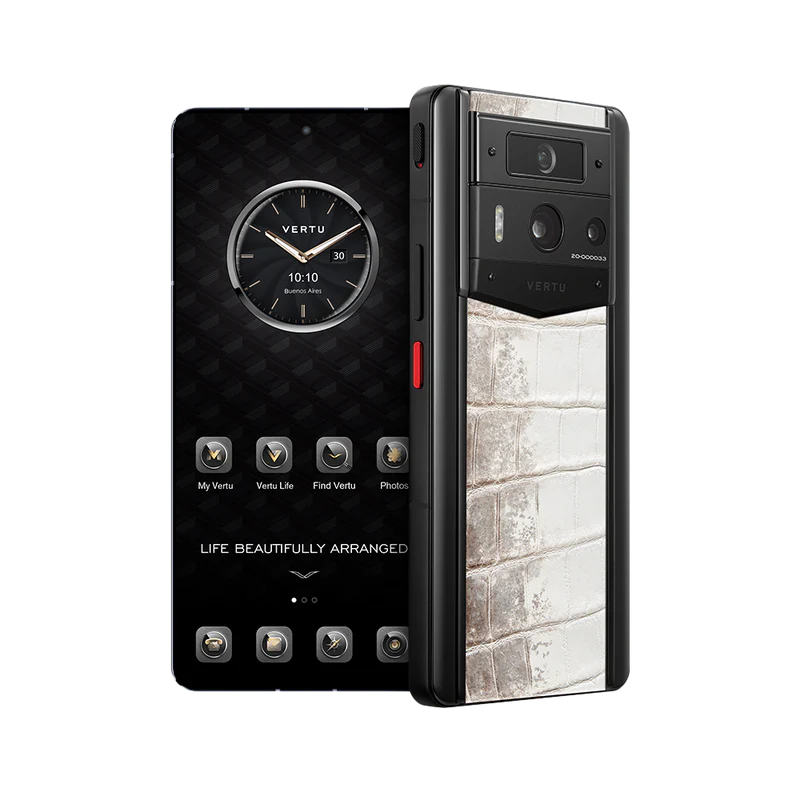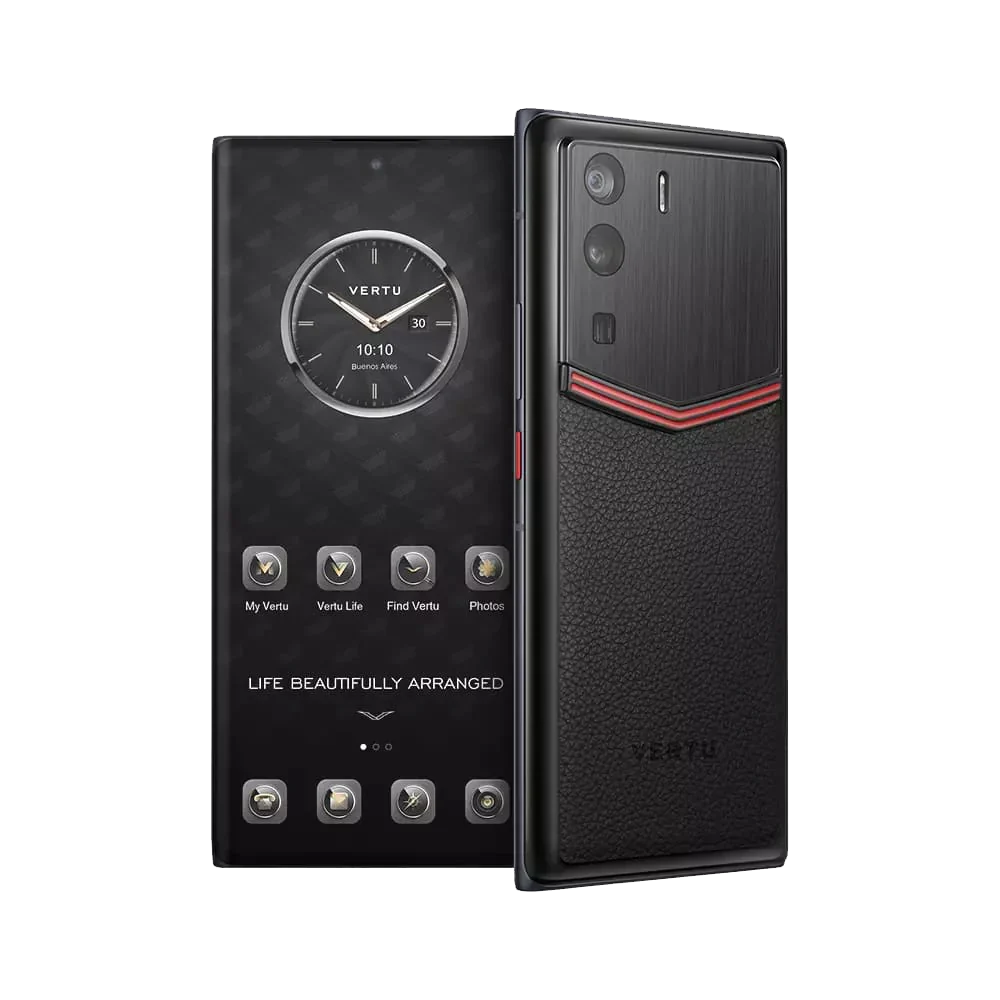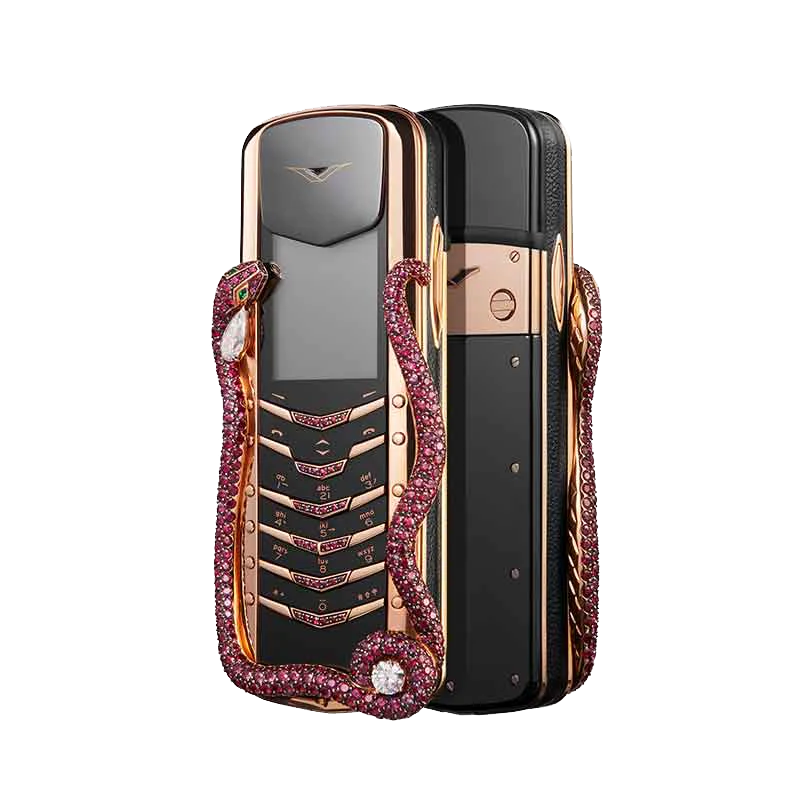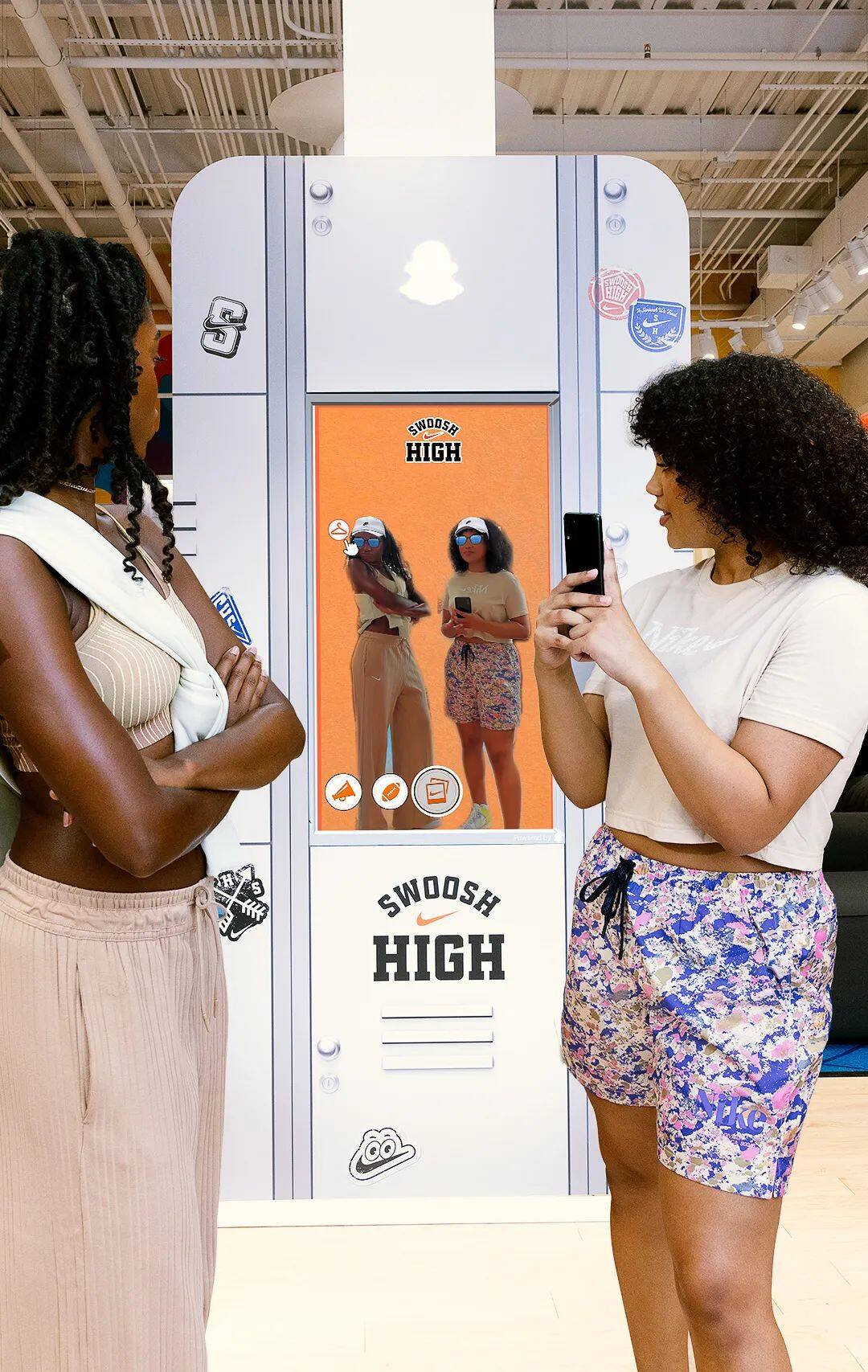Image source: Nike/Snap

About ten years ago, “smart mirrors” were considered a key element of the “retail 3.0” revolution. At the end of 2016, the head of the innovation lab at Neiman Marcus, a US fashion retailer, stated that smart mirrors could make physical shopping more interesting and imaginative, but the technology failed to truly take off.

*Google Smart Mirror Image Source: Courtesy of Max Braun*
Nowadays, brands and retailers are re-evaluating smart mirrors, especially those with augmented reality (AR) features. In the new version, the proportion of digital content has increased, similar to augmented reality filters on mobile phones. They can include anything from virtual clothing and accessories to product details, game hints, and fantasy elements. The technology can also track body movements, so it will test the limits of the technology as people twist their bodies. It can also detect and respond to specific actions, such as waving a hand to change clothing or experience.
Last fall, Nike began testing smart mirrors in its Brooklyn store in the United States for digital accessory trials and game experiences. This spring, a Men’s Wearhouse store in New Jersey tested it for formal wear visualization during the prom shopping season, while Tommy Hilfiger brought it to customers in London, Berlin, and Milan to virtually try on the Tommy Hilfiger X Shawn Mendes collection.

*Image source: Nike/Snap*
In early May, Coach showcased digital handbags for the first time through AR smart mirrors in the display windows of its store in New York’s Soho district, as part of its Tabby handbag promotion campaign; Mugler has just opened a series of digital installations in Paris, Berlin, and Munich for its new perfume, bringing a new experience to the audience.

Mugler’s AR mirror adds interactive elements reminiscent of previous perfume advertisements. Image source: Mugler/FFFace.me
“The pulse of the times is beating in our favor,” said Maxim Raykhrud, Chief Product Officer of Zero10, a company that provides virtual and augmented reality technology for Tommy Hilfiger and Coach. The fashion AR try-on company also collaborated with Crosby Studios to open an AR clothing pop-up store during New York Fashion Week in September last year. Raykhrud sees the AR smart mirror as a key step towards mainstream AR applications, “it feels like everyone has boarded this train to the future.”
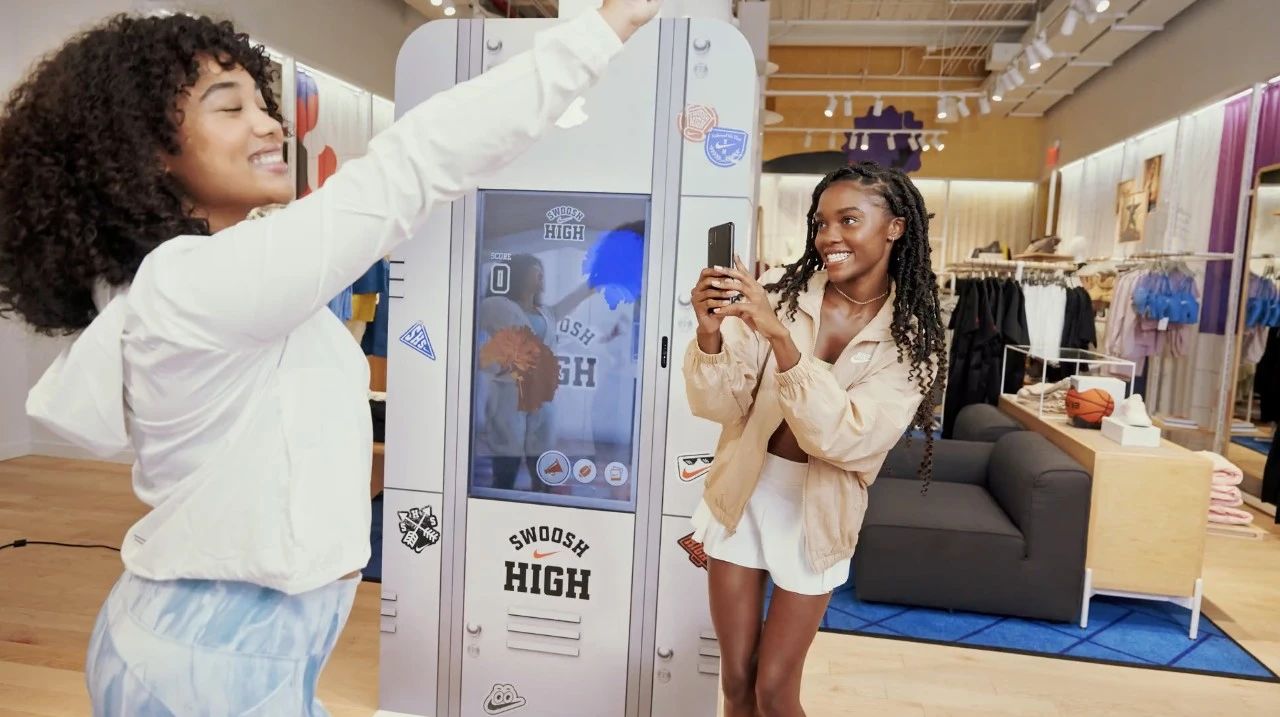
*Image source: Coach/Zero10*
This revival is reflected both in technology – the quality of AR technology has improved significantly in recent years – and in social culture. Suzy Davidkhanian, Vice President of Content at market research firm Insider Intelligence, said that during the pandemic, people and brands who had not tried such new technologies before had no other choice, which accelerated people’s openness to try new things, “and I think this will continue with mirrors.”
Most early iterations of smart mirrors did not include AR augmented reality technology. Now, this technology is becoming the focus of the spotlight. Zero10 was originally an app and launched an AR smart mirror for brands in October last year. In April, Snapchat also launched its own AR mirror as part of its AR Enterprise Services (ARES), which aims to help businesses use AR tools. Technology studio Ffface.me has also developed mirror arms. Carolina Arguelles Navas, Global Head of AR Product Strategy and Product Marketing at Snap, Inc., said that although AR may address a clear pain point in online shopping, it is estimated that 65% of clothing, shoes, and accessories will still be purchased in stores.

Men’s Wearhouse’s pilot program brings a more practical and time-saving service for young consumers who want to attend a dance. The image source is Men’s Wearhouse.
Navas pointed out that there are countless potential challenges in physical shopping, but these challenges can be improved by AR smart mirrors, including consumers’ hesitation to try on everything in person (in addition to the waiting time in the changing room). It can also allow consumers to narrow down product choices, increase the chances of product discovery, and visualize locally out-of-stock products. She added that there is also an interesting factor, which is that many retailers have found that AR smart mirrors can attract consumers’ attention and increase their stay time in the store (which has a positive impact on sales conversion). In other words, AR smart mirrors can become an important tool for building experiential retail.

*Image source: CBS*
According to Insider Intelligence, only 12.4% of US adults currently use AR for shopping, but this year, AR will have 21.1 million more users in the US than VR, and the gap will continue to widen.
The industry is expecting more pilot projects and products in the near future. Raykhrud from Zero10 said that Zero10’s existing partners are expanding their plans, and more brand partners are also in the planning stages. The industry is also eagerly awaiting the Apple Developer Conference, hoping that the iPhone manufacturer will release its first mixed reality glasses; this will add more momentum to AR.
Of course, AR smart mirrors are not omnipotent, but they are a key step towards the post-smartphone era. Cathy Hackl, a futurist and Chief Metaverse Officer at consulting firm Journey, said, “It allows viewers to see themselves wearing virtual fashion in the real world in real-time, rather than through a small rectangle in their hands.”
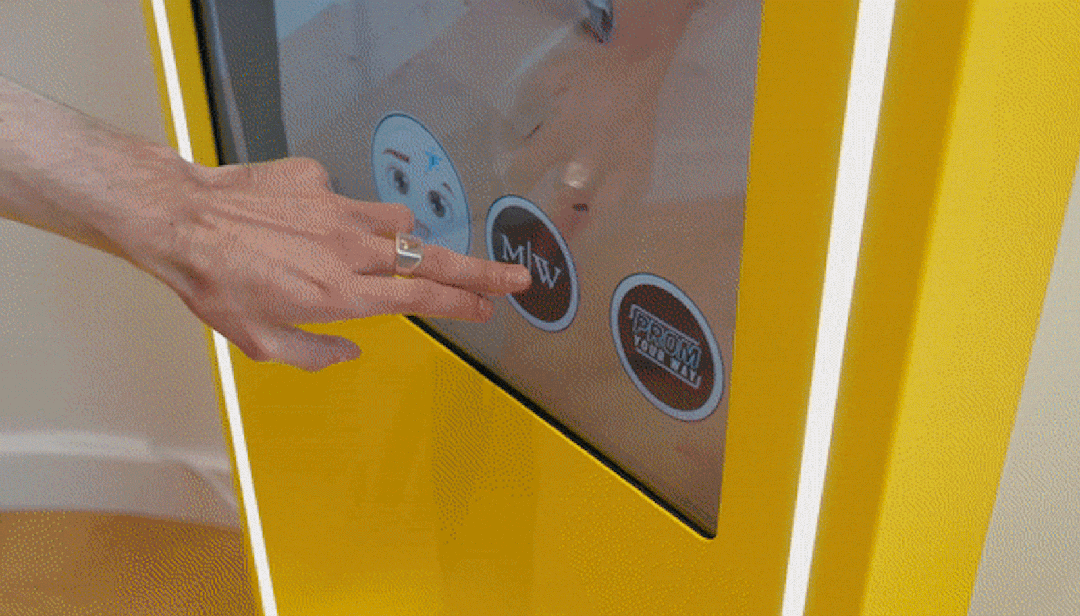
*Image source: retailinfuture*
However, the development of AR smart mirrors still faces obstacles: the clothing fitting technology still cannot accurately reflect the fit and size in a way that replaces the fitting room. “We don’t really consider this a ‘try-on’ experience,” said Daria Shapovalova, co-founder of the purely digital, multi-brand fashion retailer DressX, which first started testing its AR smart mirrors in department stores like Printemps two years ago.
—
# Redefining Purpose and Expectations
—
The first generation of smart mirrors was technically feasible but failed to become popular culturally, partly because they were unfamiliar to consumers and did not address the most urgent issues. Raykhrud from Zero10 said, “It is clear that AR smart mirrors must have a purpose, and previous iterations of magic mirrors may have been killed because they existed as a practical tool. This may not be the most urgent thing for the fashion industry.”
This is why many players in these new iterations pay special attention to affinity and engagement (which has also become a valuable indicator in social virtual spaces). The gamified AR mirror experience made by Nike using Snap technology, which can be enjoyed in stores for purchase discounts, is so popular that it has attracted a large crowd near the cash register. Navas from Snap said that emotional connections like this, although harder to measure, will have a long-term impact on loyalty and brand affinity.
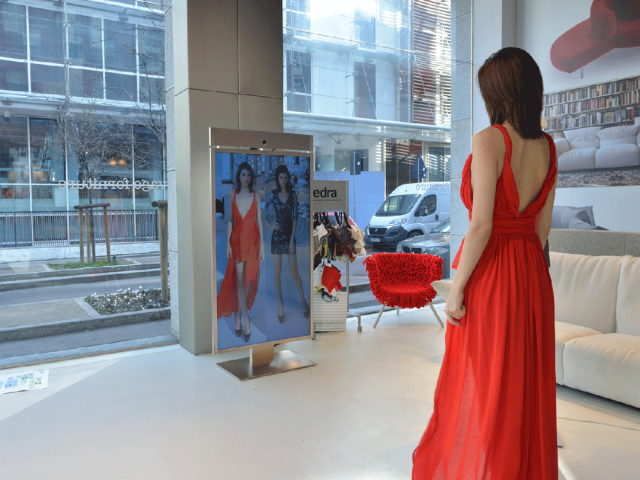
*Image source: Nike/Snap*
To measure success, brands and developers consider various factors, such as how many people have tried the tool (and for how long), how long they stayed in the store, their brand affinity, and the likelihood of them returning. They can also look at the extent to which the overall experience is mentioned on social media, as many of these experiences inspire people to share them on social media.
Raykhrud said that another advantage is the ability to create experiences that would not be possible otherwise. In the Tommy Hilfiger and Shawn Mendes experience produced by Zero10, three pieces have special animated effects that can only be achieved in AR. At the same time, Mugler animated its imaginative perfume advertisement for its Angel Elixir fragrance through Ffface.me (using Meta’s engine). Coach collaborated with Zero10 to allow passersby in front of its store windows to try on its popular Tabby handbag immediately, while also giving special effects such as wings to the wearer.
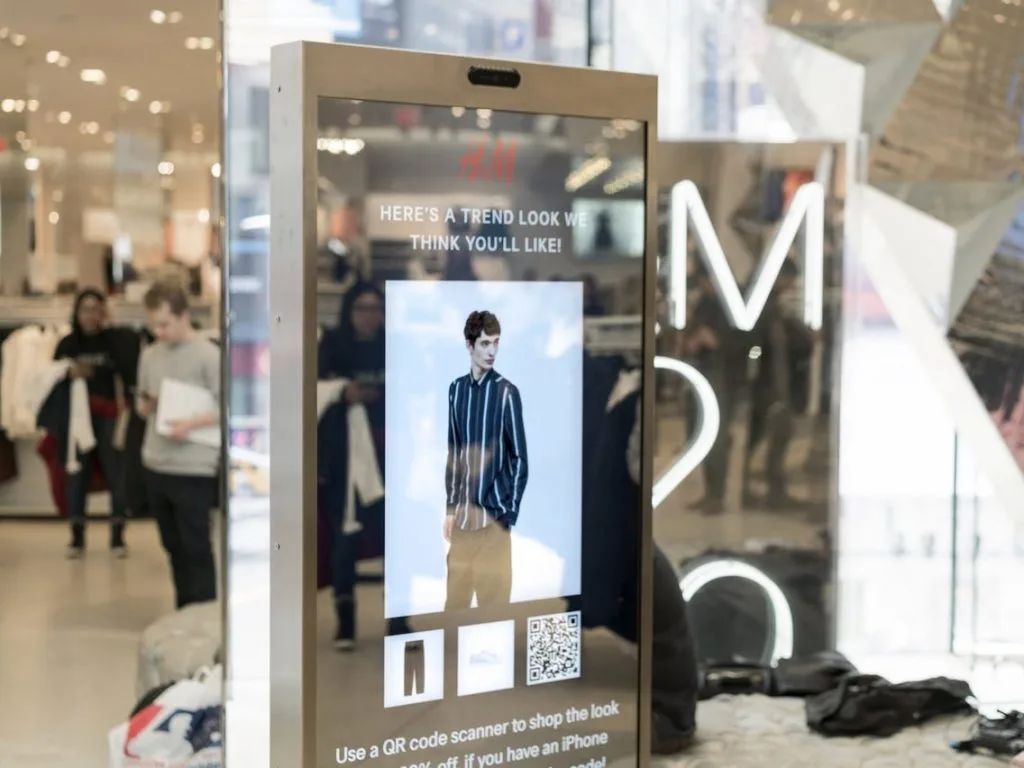
Tommy Hilfiger’s AR experience skillfully combines technology and aesthetics by digitally applying it to clothing. Image source: Tommy Hilfiger/Zero10.
Raykhrud said that since the launch of the AR smart mirror, consumer feedback on the attractiveness of Coach’s window displays has almost doubled, and the number of people entering the store has increased by about 50%.
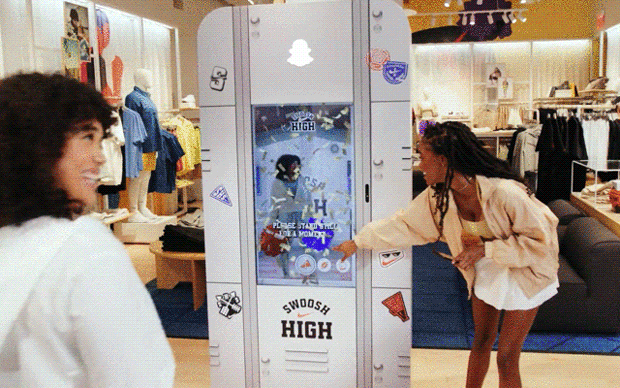
*Storefronts can pique the interest of passersby and extend their stay like an artist installation.
Image source: Coach/Zero10*
Dima Kornilov, CEO of Ffface.me, said that although trying on clothes can’t determine the size, it can help to get a preliminary understanding of the overall appearance of something.
This spring, men’s retailer Men’s Wearhouse addressed a unique specific use case when it tested Snapchat’s AR smart mirror for several months during its popular prom season. Carolyn Pollock, Chief Marketing Officer of Men’s Wearhouse’s parent company Tailored Brands, said that although the store was crowded, young shoppers could use the mirror to narrow down their choices and preferences, making later conversations with consultants more focused.
This immediacy, where consumers can start working just by walking up, is another change brought by these new devices. It does not require consumers to scan codes, download apps, log in, or locate their own phones.
—
# What’s next?
—
Pollock said that it is currently expensive to expand this technology to more than 600 men’s physical stores, but she is eager to expand the use of the technology after the devices are scaled and become cheaper. Currently, retailers usually have the option to rent the mirror on a monthly basis (similar to a software as a service model) or to buy it outright. The monthly rent can climb to tens of thousands of dollars, or more than 100,000 to buy.

*Image source: vrscout*
More features are also set to be released. Zero10 is working on CRM integration so that customers can participate in loyalty programs. Davidkhanian from Insider Intelligence foresees the opportunity for mirrors to recommend free items. Pollock from Men’s Wearhouse believes there is an opportunity to try different combinations of items and to upload a more complete inventory catalog into the experience. Ffface.me has added an option for consumers to print instant photos as a souvenir to take home.
So far, Snapchat’s research has found that 35% of American consumers would deliberately visit stores with such technology, partly to improve issues such as product discovery and consideration – and only those who are willing to do so are aware of it, said Navas from Snap. “But how many shoppers have never heard of it but would tell you about these challenges?” she added. Although the exact size cannot be determined at present, artificial intelligence tools are being developed to complement the AR experience. After all, do we really need a perfect solution to solve the problem?
(Source: Vogue Business)



